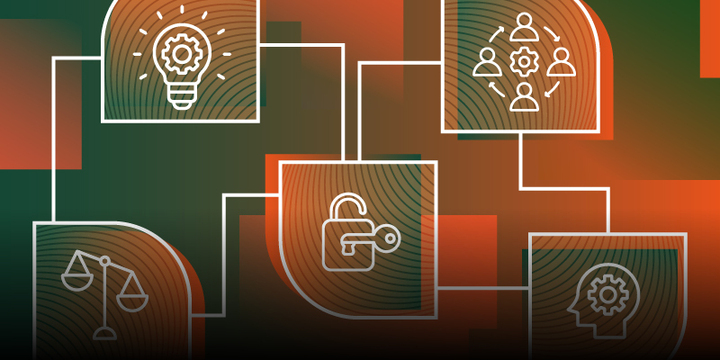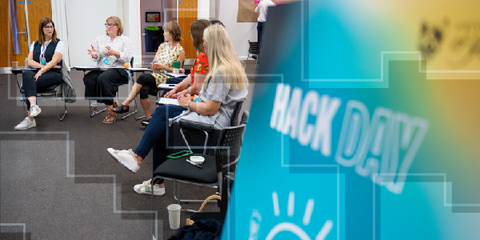
Plan a change
During the plan phase of a change, time should be spent understanding the problem or issue you are trying to solve, alongside considering the impact on staff.
Key factors
- Explore the information available to you to clarify the purpose of change and what needs to be changed, alongside generating ideas for solutions
- Ensure you have clarity on scope and resources, including who should be involved to enable you to create the conditions for change to be initiated
- Consider any potential impact on people such as staff, students and partners etc.
Resources on this page:
- Four door model of change
- Change and the Three Box Model
- The Three Horizons Framework
- Model of personal change
- Bridges transition model
- Workshops (if you're new to change management)
It's also really important that you don’t forget to consider all aspects of the community without limits framework. Alongside the resources below, ensure you have considered the need for an equality impact assessment to ensure your change does what it intends to do and is inclusive for staff and students.
The practical and emotional impact on disabled staff should be a crucial consideration, and you must ensure any Individual Adjustment Plans for impacted staff are revisited to explore what support may be needed. Explore our resources on change and the impact on disabled staff for further support.
Related links
Four door model of change
- Format: How-to guide
- Time to complete: 45 minutes
- Phase of change: Plan
A short video and exercise for teams to complete in order to look at change in a more balanced and objective way. This resource can also be helpful in the implement phase and is something staff may find helpful to continuously revisit as the change progresses.
Learning outcomes
- Understand the range of perspectives on the change and the effects of it.
- Recognise and explore what you can and can't do both before and after the change.
Video: Four door model of change
Worksheet: Four door model of change
Change and the Three Box Model
- Format: How-to guide
- Time to complete: 35 minutes
- Phase of change: Plan
An exercise to explore how you view a change and how to develop a more positive look at the opportunities that change presents. This resource can also be helpful in the implement phase and is something staff may find helpful to continuously revisit as the change progresses.
Learning outcomes
Understand how you view change and develop a more positive look at the opportunities it presents.
Change and the Three Box Model
The Three Horizons Framework
- Format: Video
- Time to watch: 6 minutes
- Phase of change: Plan
A short introduction to the Three Horizons Framework which provides a model to think about current assumptions, emerging changes and possible and desired futures.
Learning outcomes
- Explore a tool for thinking about transformational change.
- Understand how to have a more nuanced conversation and allow further insights into your change project.
- Explore opportunities to use this model to communicate the need for change.
Model of personal change
- Format: Video
- Time to watch: 6 minutes
- Phase of change: Plan
An introduction to one model for exploring and understanding the emotional response to change.
Learning outcomes
Understand emotions to change using John Fisher's model of change.
Bridges transition model
- Format: Video
- Time to watch: 6 minutes
- Phase of change: Plan
A short video providing an overview of Bridge’s Transition Model. It explores how you can use the model to help support people through change and how it can help to make change outcomes better.
Learning outcomes
- Recognise the different transition stages people move through when processing change.
Equality Impact Assessments
- Format: Video
- Time to watch: 5 minutes
- Phase of change: Plan
A short introduction to Equality Impact Assessments (EIA's), which support you in ensuring your change does what it intends to do and is inclusive for staff and students.
Learning outcomes
- Understand how they support changes to working practices (ie changes to physical estate, ways of working, merging teams etc), policies and procedures whether large or small in their scale.
- Explore how they can support you to minimise potential negative impacts of your change (such as discriminating against groups with protected characteristics and other groups who might be disadvantaged), and maximise the positive impacts.
- Understand where to access further information and support through the Equality Impact Assessment webpages.
Training and workshops
If you're in a leadership or management role, you may want to develop a range of skills that support you in your role, many of which are core to supporting change:

More resources
Browse all our resources by theme.


